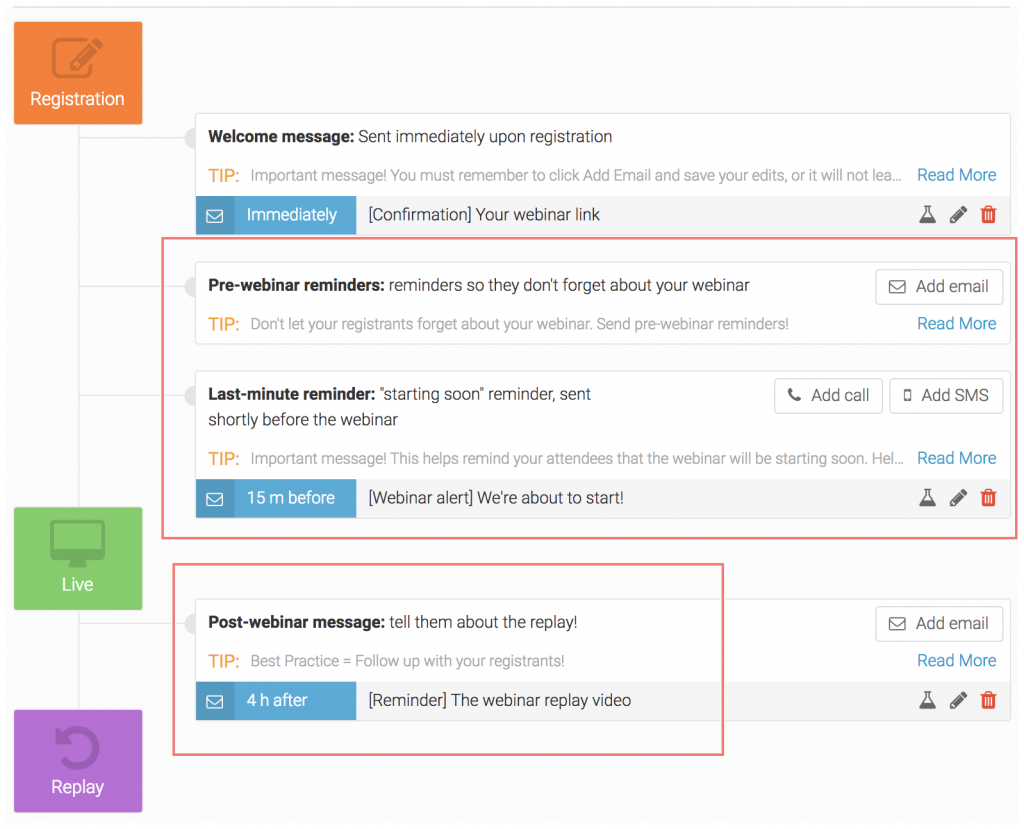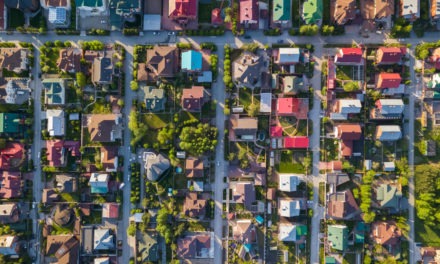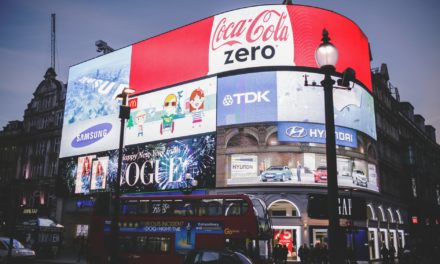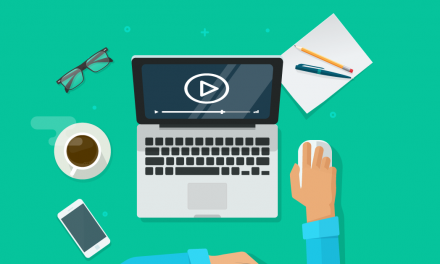Webinar social media promotion is an essential tool in your content marketing strategy. If you’ve embraced the power of webinars to increase your reputation as a thought leader and/or authority on a specific issue – you’re already ahead of the game. Webinars are quick to write, even quicker to make and once posted – it’s forever! You’ve got long-form content, which will gain your website link backs for years to come with your name, face and brand attached to it. The value of webinars when compared to other media like blogs and vlogs, is that there an opportunity to showcase what you know AND show off your ability to present.
The problem is that while making webinars is relatively easy, getting an audience for them (both live and otherwise) is a challenge for even the most talented and experienced digital marketer. If you don’t have the budget for a dedicated marketer, or you’d just prefer to learn some new skills in your quest to be the best, this is a must-read for you.
In any attempt to build an audience, the focus is unbelievably important.
The 5 Essentials of Webinar Social Media Promotion
1. Where to Post? Where to Promote?
- YouTube is great for posting long-form video but not for promoting it
- Facebook is great for posting long-form video and boosting it. Twitter and Instagram are also great for promoting but only allow short video clips
- LinkedIn doesn’t support video at all, but is great for reaching out to people with similar professional interests
You need to figure out where you want your traffic to flow when deciding on posting. Do you want to gain more Facebook followers or more YouTube subscribers? It comes down to this dilemma because – assuming you’re using a ‘single track’ approach (only one content template/message, modified per channel) – it’s a choice you have to make. If you’re time conscious, this is a great way to maximize your time spent on your social media coordination. But it is far from perfect.
The obvious solution is to make the extra effort and create a mini campaign as part of your digital content marketing strategy.
2. Build a Mini Campaign Around Your Webinar
As you build a mini campaign, you make it abundantly clear – by way of having the message dominate your social media – that you’ve not only put a lot of effort into your webinar but also in getting it out there.
Some key mini campaign elements:
- branded digital visual assets
- ‘canned’ (pre-written) social media messages
- a list of pre-researched hashtags
- a list of relevant influencers
AND
- a distribution schedule
3. Develop A Distribution Schedule
Just as important (in many ways more important) than the actual messaging is how you decide to drip it out. The key is volume – not MAXIMUM volume but strategic volume.
Some key questions to ask in developing your mini campaign distribution schedule are:
•Who is your target audience?
•On which platform do you wish to engage them?
•Do you have ‘peak time’ data available in your analytics?
•Do you have any other valuable information in your analytics? (age range, professional affiliations, etc.)
If you answered YES to the last two points:
- Schedule your posts to coincide with your peak times EXCLUSIVELY
- For younger audiences, add in a few later evening posts around times when you get SOME traffic
- For older audiences, add in a few early morning posts around times when you get SOME traffic
- These are important because they can be indicative of ‘routine users’. They are users who have worked you into their morning OR bedtime read. These are people setting aside specific times to use social media rather than just using it randomly. For messaging to these two groups, 2-3 weekly post is sufficient if you answered NO to the last two points:
Schedule 3-5 daily posts across ALL social media channels, not EACH) based on the following time frames:
– 5am-8am
-8am-11am
-11am-2pm
-2pm-5pm
-5pm-8pm
As for how long in advance you should start promoting your webinar, it’s best to start developing a distribution plan alongside the webinar itself. That way, when most of the prep work is complete, you can set the distribution plan into motion 7-10 days in advance of the webinar itself.
4.Interact With Your Audience Before & After The Webinar
One-way social media traffic is only forgivable if you’ve got a huge following and an audience that expects regularity in your content. The fact is that you’re neither a social media influencer nor a content-producing machine. You still have to earn your audiences.
At one point, all of the best stand up comedians worked open mic nights for free (or where they had to pay to perform). To be allowed to perform, they had to go ‘barking’ (handing out flyers to attract audiences). Only when they got a minimum number of people with flyers from a specific comedian, could that comedian be allowed to perform.

While this still occurs, many other successful comedians have been able to parlay smart use of social media into guaranteed audiences they can leverage to get paid gigs faster.
Why is this important? Because whether you’re selling jokes or houses, you have to earn your audience. While the ‘tried and true’ methods work (that’s how they became tried and true), the internet (specifically social media) allows you to reach more people in less time. BUT, just like barking for an open mic spot, you have to be compelling enough to get them in the door. That comes with effort and strategy.
5. Leverage Your Profiles
Find places online (Facebook/LinkedIn groups, Twitter/Instagram hashtags) where you think your webinar will be well-received and converse with people to let them know you’re hosting a webinar. Link them to your channels, make sure they know when and where to find it. Spend 15 minutes a day during the mini-campaign doing this and you’re maximizing your exposure without over-saturating.
Whether you decide to focus on interaction or not, REMEMBER to have info and links to the webinar on your social media profile during the term of the mini-campaign. If you’re putting in this much effort on messaging and strategy, you’re going to see an uptick in profile views. When they view your profile, you want them to know what you’ve got coming up next. This is especially helpful if your messages get shared and the secondary audience is not familiar with you.
Concluding Remarks on Webinar Social Media Promotion
While this may feel like a lot of info, it really elementary. If you’re already doing a digital content marketing plan (which you totally are, right?), creating a mini-campaign and distribution plan only adds about 2-3 hours of planning. Additionally, maybe another 5-7 hours of combined implementation across the 7-10 days of the mini campaign (visual production and interactions included). That’s about 90 minutes of extra work in the week leading up to your webinar.
Forget sponsored ads and banners. Forget paying for attention. It requires a willingness to invest in your ideas and knowledge. It requires confidence in your material and of course, it requires time and effort.






